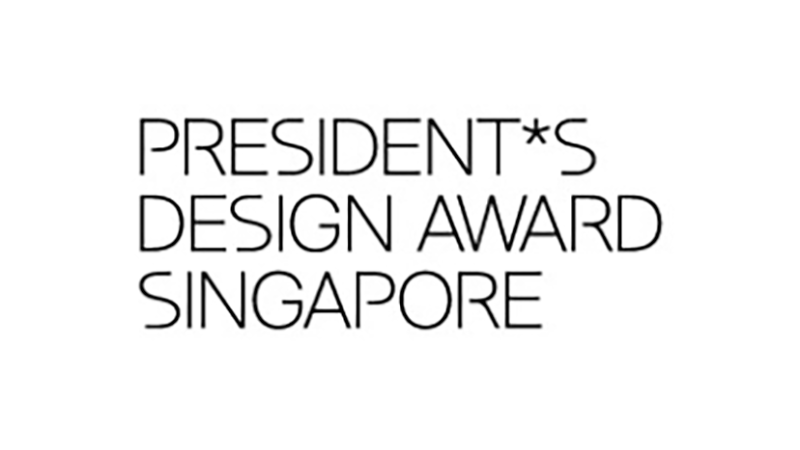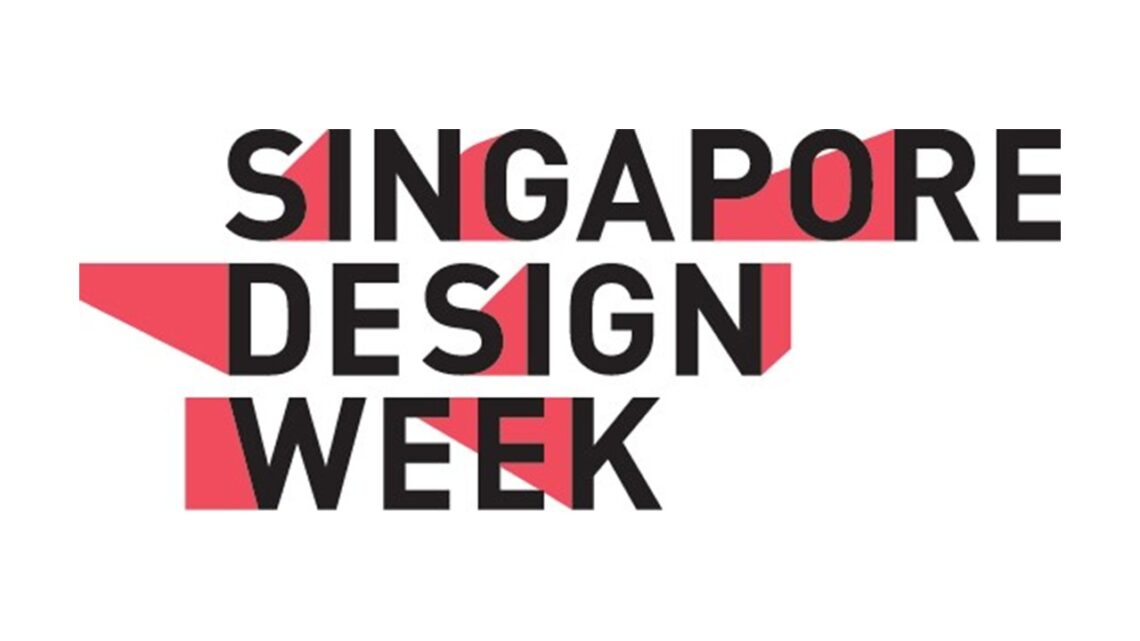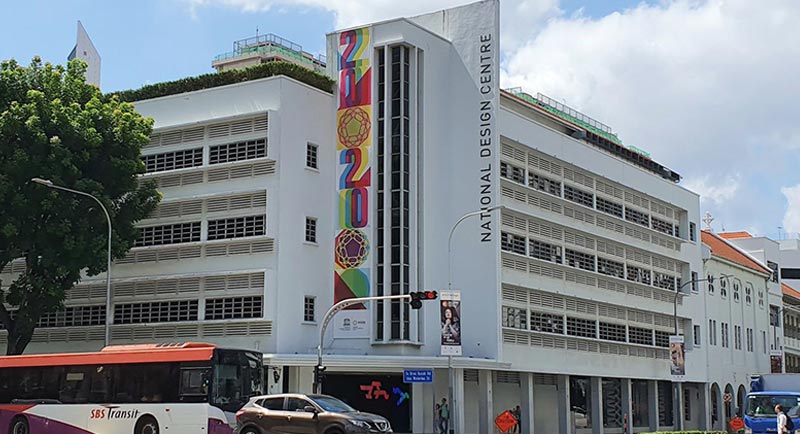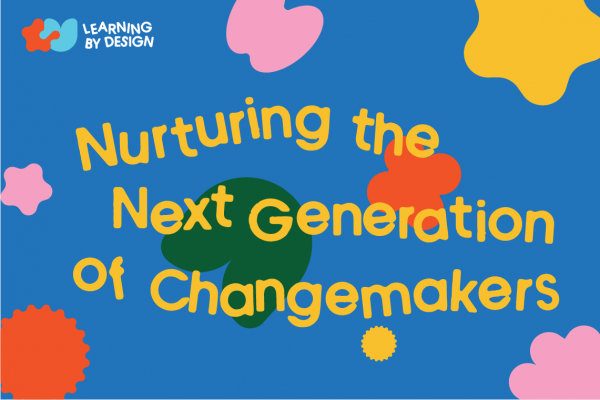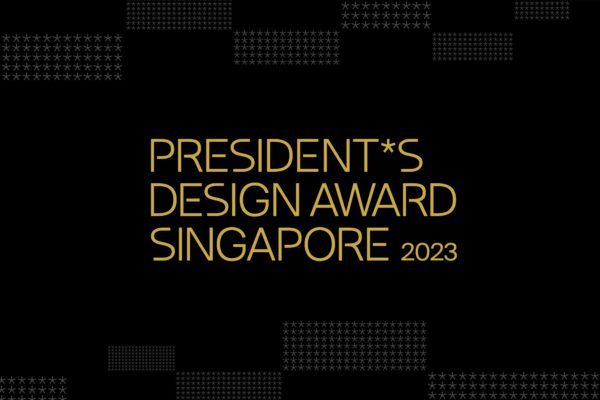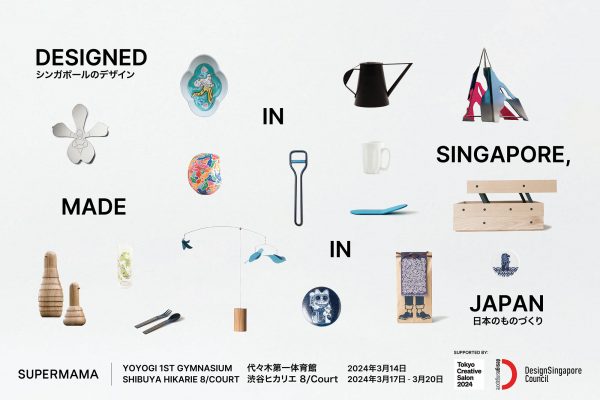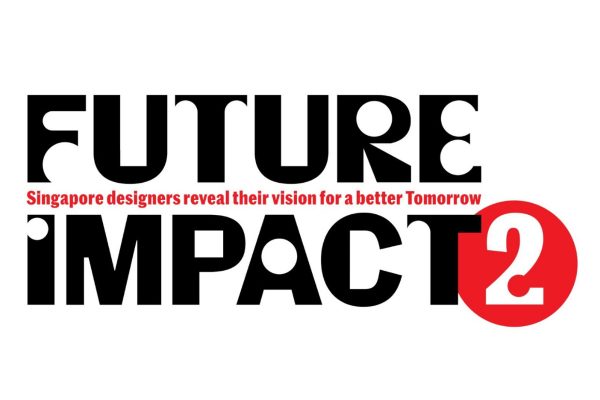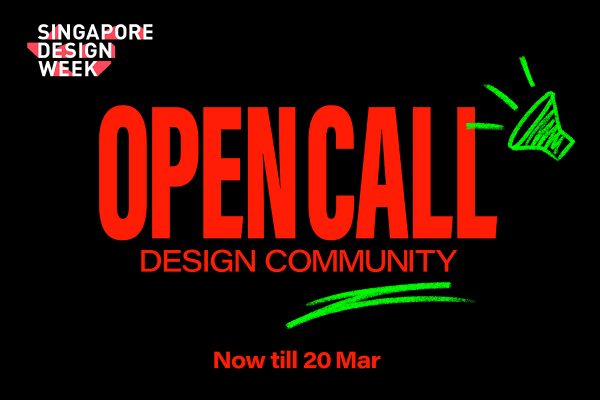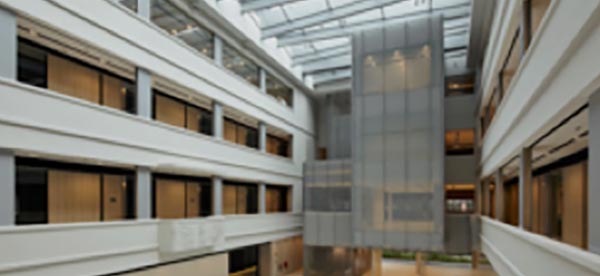Rachel Poonsiriwong is a DesignSingapore Council Scholar who is currently pursuing Interaction Design in San Francisco. In this article, she shares insights from her chats with her mentor Professor Barry Katz (who was IDEO’s first fellow and author of “Make it New: A History of Silicon Valley Design”), and reframes them in the context of Singapore.
In creating something new, we often follow in the footsteps of giants. Take for example Paylah!, a mobile payment platform by DBS Bank that, in my opinion, emulates and cleverly contextualises the features of Venmo, its North American counterpart that streamlines peer-to-peer monetary transactions. Similarly, when cultivating a design innovation ecosystem, it is natural for us to look towards Silicon Valley as our gold standard. This sentiment to “be more like Silicon Valley” seems to be commonly held, even as our 30-year-old tech scene matures and gains international credence. Unfortunately — and perhaps fortunately — we will never be like the Valley, as we are one of a kind.
As my professor Barry Katz puts it, Silicon Valley is “the product of a unique confluence of circumstances that cannot be replicated in time or in space”. This highlights the various interdependencies that exist between Silicon Valley institutions that – as the result of history and chance encounters – can never be recreated in Singapore under controlled environments. In the Bay Area, there is a strong relationship between venture capitalists, legal institutions, and trade publications to support burgeoning product growth, and universities that meet the companies’ demand for manpower. These dynamics have been established since the 1970s. For example, Carl Clement’s work as the first industrial designer at Hewlett-Packard in 1951 brought attention to the functional value of design. Another instance was the Homebrew Computer Club, which brought Steve Wozniak and Steve Jobs together in 1975 and inspired them to design the original Apple computers.
Similarly, my view is that Singapore too should tap into its own unique advantages to chart an ecosystem of our very own — one that is uniquely Singapore, that no other city can parallel.
Singapore’s economy is unique in its heavy dependence on import-export trade, and its bustling sea port reflects this.
From my time studying in the States, my peers and professors are often intrigued by the extent of government involvement in the Singapore tech and design scene. They get wide-eyed when I tell them about the support that the government has been giving me for my design education in San Francisco (in the form of a scholarship), as it is unheard of in their own countries. The government’s heavy involvement in building a culture of innovation — a process that involves failing, iterating, and failing again – seems counterintuitive as well. While, this may seem so on the outset, I disagree with this assessment.
When I reflect on recent developments in Singapore’s tech scene, I realise that our government has had the leverage to implement policies that are both all-encompassing and effective. Here in the US, I’ve observed that the sheer size of the country and the immense bureaucracy can hinder the outreach and implementation of policies. In Singapore, statutory boards like the Economic Development Board and agencies like GovTech and the DesignSingapore Council focus their efforts on encouraging business growth and creating organisational infrastructure for innovation. Our advantage in this aspect is our small size, which allows us to enact change across-the-board more efficaciously.

There is no need to strive towards a vision of building a Silicon Valley in Singapore, as we will never be able to. What we are able to cultivate is a unique ecosystem that is both adaptable to changing times and shifting economies.
Some of these initiatives/frameworks I find are particularly compelling, such as SmartNation’s three-pronged strategy to “Accelerate, Compete, Transform” that seeks to develop technological capabilities of our national industries, in the process evolving our consumer-business dynamic. This is not a high-level framework restricted to large businesses and governmental organisations; it permeates through the services that citizens use on the daily basis, like SingPass and business registration at ACRA’s portals. In the design realm (one that I would argue is inseparable from tech), DesignSingapore has its industry support programme, Innovation by Design, which it introduced in conjunction with the Economic Development Board more than a year ago. This programme is aligned with the country’s Design 2025 masterplan to utilise design as a tool for business strategy and organisational transformation — by illuminating the powers of design in business growth, and providing organisations with resources to access design expertise. From these approaches, it is clear that Singapore distinguishes itself from Silicon Valley through its ease of acceptance towards new policies and initiatives that digitise our services and integrate design thinking into businesses.
My point is this — there is no need to strive towards a vision of building a Silicon Valley in Singapore, as we will never be able to. What we are able to cultivate is a unique ecosystem informed by regulatory bodies’ need-finding, that is both adaptable to changing times and shifting economies.
Silicon Valley, home to many internationally renowned technology businesses.
This is not to say that we should not learn from the successes of those that have come before us, as we are still navigating ambiguity in our relative infancy to them. For instance, my one and a half years in San Francisco have led me to appreciate the organic nature of design innovation here, as almost all startups and think-tanks here organise design talks and sprints without the support of a regulatory body.
Moving forward, I hope that Singapore will be successful in creating spaces for businesses and different institutions to form long-lasting interdependencies that have proved to be pivotal in building a culture of innovation in Silicon Valley.
Singapore’s Central Business District, a highly sought after area for businesses.
This is so that with reduced financial support from the state, the tech industry in Singapore may still continue to evolve into its own form. Additionally, it is important to advance design education for pre-tertiary students, which would normalise design as a mainstream subject for future generations and alter under-informed perspectives that undermine design’s credibility in business growth. In human-centered design, which I am most familiar with, there needs to be more distinction between UI and UX design, and a further specialisation of the latter’s disciplines (e.g. into user research) so that expertise clusters can thrive and transmit best practices and lessons learnt to future designers. Finally, I think it is important for designers to gain contextual awareness of their disciplines in history and in society, and look beyond our tools and hard skills (which bootcamps press home) to be mindful of our positions as creators of a new future, and a new Singapore.
Rachel Poonsiriwong is an aspiring design researcher studying BFA Interaction Design at the California College of the Arts. She has designed digital electronics with Dell, shipped the payments app Eatsy, worked with people with disabilities, and researched new streams of artificial intelligence. Rachel hopes to innovate mindful products that both reduce social inequities and are economically viable. You may reach Rachel at rachel_poonsiriwong@designsingapore.org if you would like to bounce ideas off or chat about design.
